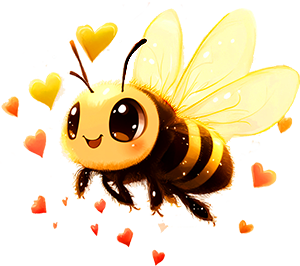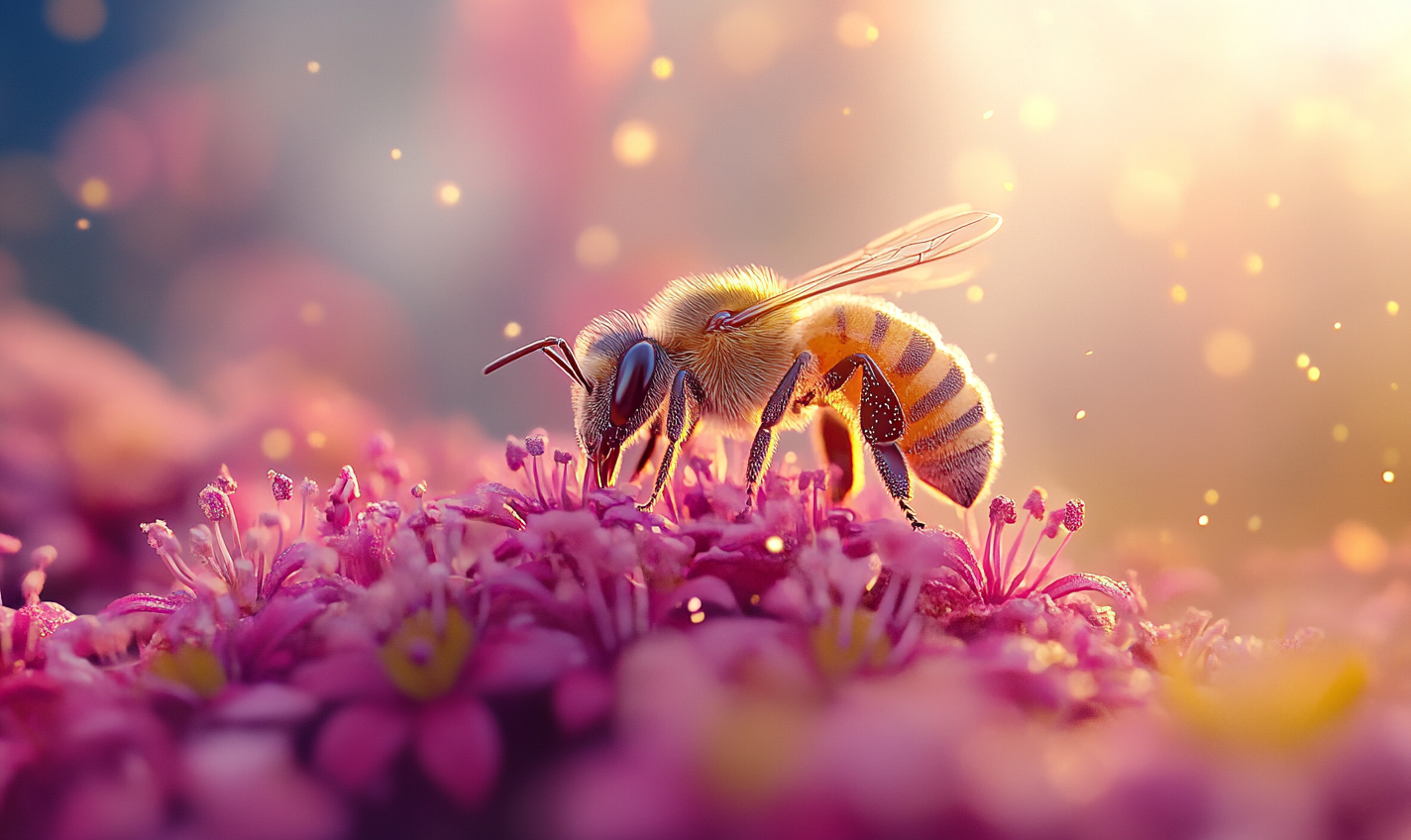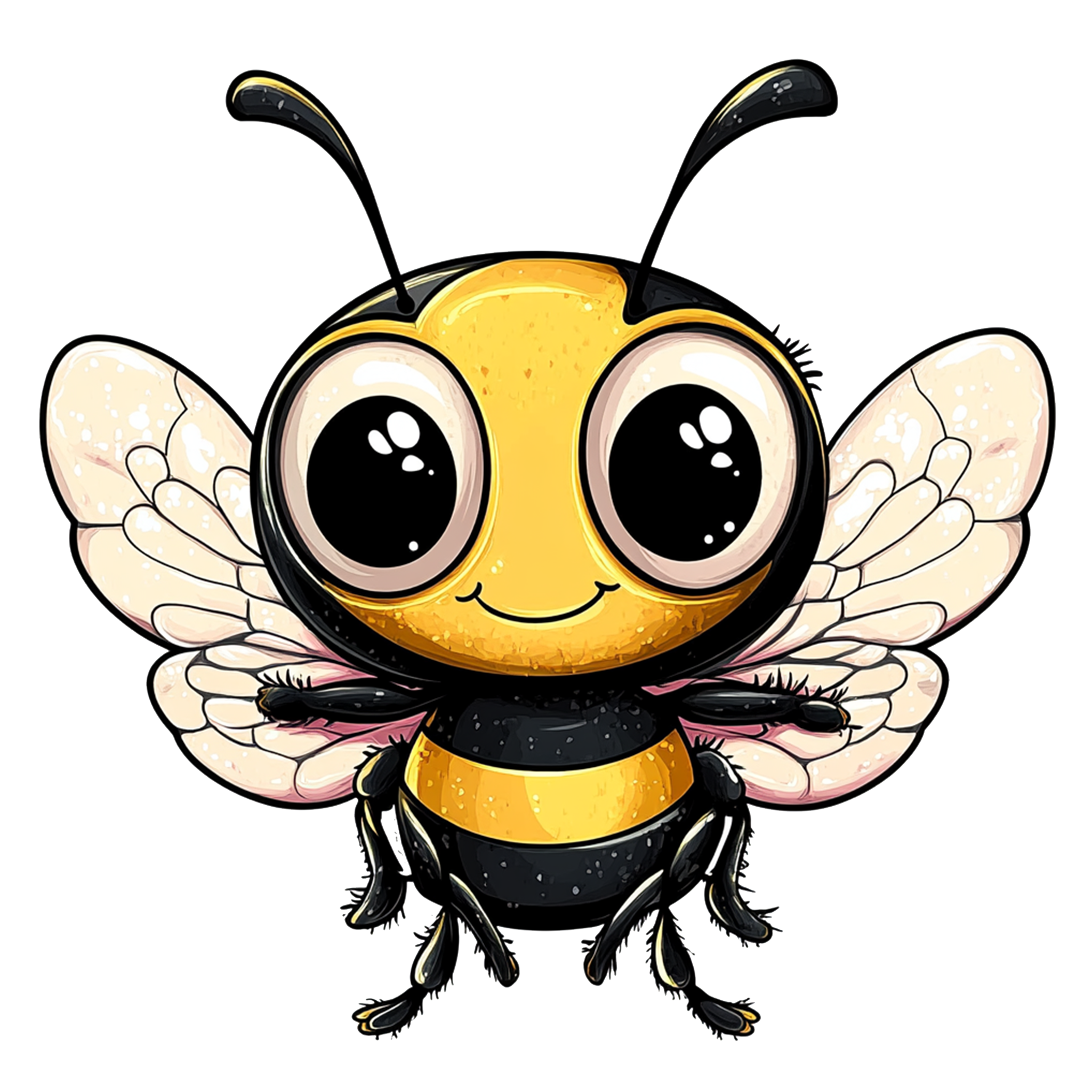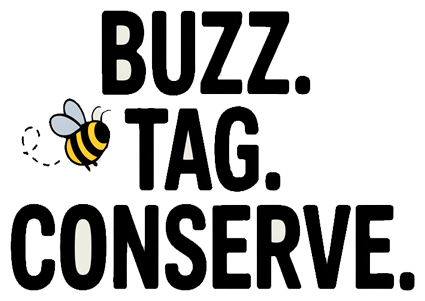Why We Support the Bees
At TagHoney, our AI may be smart—but it knows better than to mess with the bees.
The Xerces Society
Named after the Xerces Blue Butterfly, which went extinct in the 1940s, the Xerces Society is the real deal in pollinator conservation. They work with scientists, farmers, communities, and policymakers to:

- Restore bee-friendly habitats
- Fund research on pollinator health
- Promote pesticide alternatives
- Educate future generations

Every TagHoney subscription is a high-five for bees and their habitats.
What Your Purchase Supports
Planting wildflowers across farm fields, roadsides, and urban spaces
Protecting endangered pollinators
Hands-on education for farmers and students alike
Pushing for policies that protect pollinator health long-term

Little Buzz. Big Impact.
Your product listing optimization isn't just about boosting your sales. It's about supporting the ecosystem that keeps all of us running.
Every TagHoney subscription is a high-five for bees.
But Seriously...
We get it. Bees? Really? Could we be any more tree-hugger than that?
You say you don't care about bees? Totally fine. What about honey? Flowers? Almonds? Avocados? Coffee? Mmmm...Coffee!
Without bees, kiss all of that goodbye.
Bees are one of the most important players in our entire ecosystem. No bees means no pollination. No pollination means crops fail. Supply chains break. Biodiversity nosedives. Climate change gets worse. And I don't get my coffee!
It's not a movie plot—it's math.

That's why we're pledging a portion of every TagHoney purchase to support real, boots-in-the-dirt pollinator conservation through the Xerces Society. These folks know what they're doing—and they're out there doing it.
So sure, we optimize your product listings with AI. But we're also trying to keep the planet optimized for life.
As for us, we'd like to keep our coffee, please.

Fun Bee Facts You Can Drop at Parties
🚫🐝 Male bees (drones) don't have stingers.
Drones are the chill guys of the bee world—they don't work, don't sting, and just hang out to mate.
💔 A colony without a queen can't survive long.
No queen = no eggs = no future. The hive needs her or it's game over.
👀 Bees have five eyes.
Yep, five eyes. Two big ones and three tiny ones to help them see all the buzz-worthy stuff.
🔷 Bees use hexagons for efficiency.
Honeycombs are made of perfect hexagons because bees are geometry geniuses who hate wasting space.
🍯 Honey never spoils. They found edible honey in ancient tombs.
Honey is basically the immortal snack. They've found jars in ancient tombs that are still totally edible.
🧭 Honey bees can remember landmarks.
Bees don't need Google Maps—they remember trees, rocks, and buildings to find their way back home.

Want to learn more about bee conservation?
Visit the Xerces Society website to discover how you can help protect pollinators in your own community.

